 |
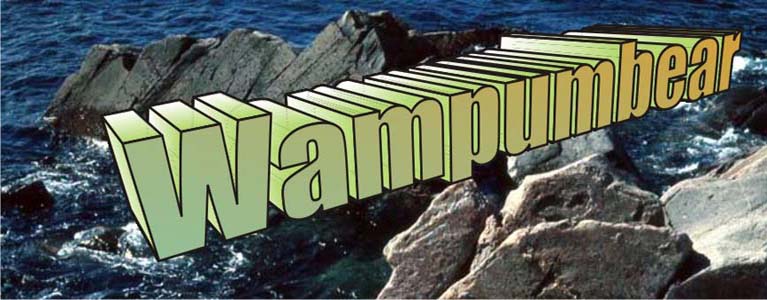 |
 |
Photographs (left to right): West Canada Creek, Adirondacks, New York: Cape Breton, Nova Scotia, Canada; Cedar Breaks, Utah
Wampum Belt Archive
Penobscot Marriage Belt
Beauchamp 1901, Plate 26, Figure 279

R.D. Hamell November 22 2024
The left 'V' is damaged. Reconstucted it similar to the "V' on the right.
Original Size: |
Rows: 7. Length: ? |
Reproduction: |
Beaded length: 23.0 inches. Width: 4 inches. W/fringe: 47 inches |
Beads: |
Rows: 8. Columns: 145. Total: 1,160. |
Materials: |
Warp: Artificial sinew. Weft: Artificial sinew. Beads:Glass Czech. |
Description:
Beauchamp stated this is a Penobscot Marriage Belt of "a very novel character." It has said to have "belonged to Molly Molasses, sent to her parents from the young buck's parents that wanted her in marriage. Molly was one of the characters about Oldtown, Maine, looked on as the medicine woman of the tribe. She lived to be 92 years old. It is a defective belt of seven rows of dark beads." Art of the white pattern suggests letters.
It came to him "directly from the families to whom the belts were descended by marriage, passing from generation to generation at the marriage of the oldest child. The belt came from Lizzie Nicola, one of the old-time Indian families of the Penobscot tribe."
"Molly Molasses, Penobscot, was born Mary Pelagie Nicola in the Bangor area in 1775. She was a well-known figure on the streets of Bangor and Brewer, where she made her living as a trader and a healer. Molly was said to be able to heal others by taking their sickness into her own body. As for how she got the nickname Molasses, some claim it was a coincidence because it rhymed with Balassee, the Penobscot pronunciation of Pelagie. Molly claimed it was because she was so “sweet.” However, friendliness was not known to be one of her many attributes, and she would often frighten people into purchasing the things she had offered for sale" ( Abbe Museum, 2018).
Collected by Walter C. Wyman among the Penobscot descendants of Molly Mollasse, Oldtown Maine.
Reference:
Abbe Museum. 2018. Abbe Museum: Coming Home Gallery Guide. https://www.abbemuseum.org/
Beauchamp, William M. 1901. Wampum and Shell Articles Used By The New York Indians. New York State Museum Bulletin No. 41, Vol. 8.
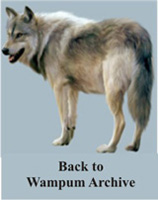 |
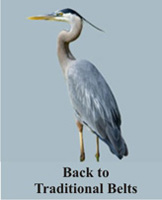 |
 |
 |
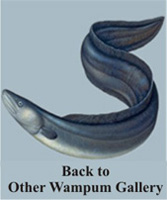 |
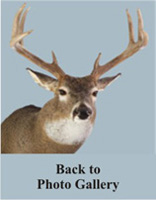 |
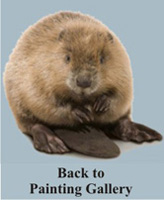 |
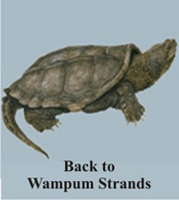 |
|---|
